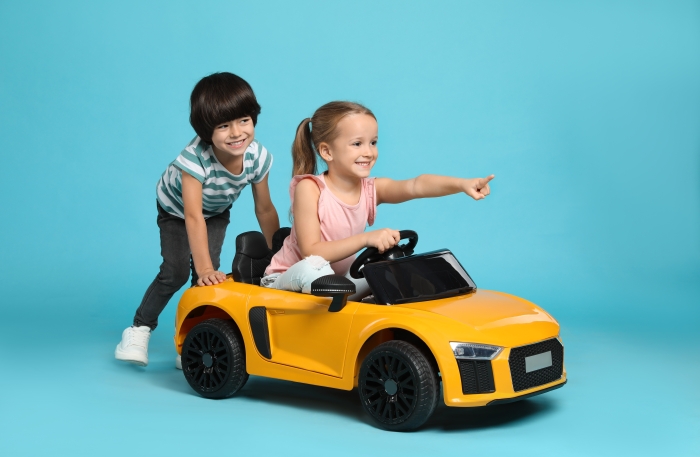Look at the toy car.

Imagine you’re trying to persuade someone to buy this car. What could you say?
You might say its lights look incredibly realistic and the car itself is better than the real deal.
This would be using opinions.
Opinions give us someone’s thoughts or beliefs about something.
You may have used facts to persuade someone to buy this car.
This ride-on car can be used both indoors and outdoors and comes with its own lights.
Facts are statements that can be proven to be true.
Someone could check if the car can work outside and inside and if it has its own lights.
Here’s an advert for this toy car:
Our ride-on electric car is the finest model stocked in stores. It has a built-in music system with a USB connection so you can listen to your own songs.
Can you separate the fact from the opinion in this advert?

The first sentence uses an opinion.
Our ride-on electric car is the finest model stocked in stores.
The second sentence contained a fact.
It has a built-in music system with a USB connection so you can listen to your own songs.
Someone could check if the car really does have a built-in music system.
Be careful, as by adding a couple of words, we can turn a fact into an opinion.
It has an awesome built-in music system with a USB connection so you can bop along to your own funky tunes.
By adding the adjectives awesome and funky, we’ve created an opinion. Someone might think the music system is awesome but another person might not. We can’t prove that something is awesome to everybody.
In this activity, you’ll be on the hunt for facts and opinions based on a story you’ve read. Be careful to spot any opinions disguised as facts.
 .
.







